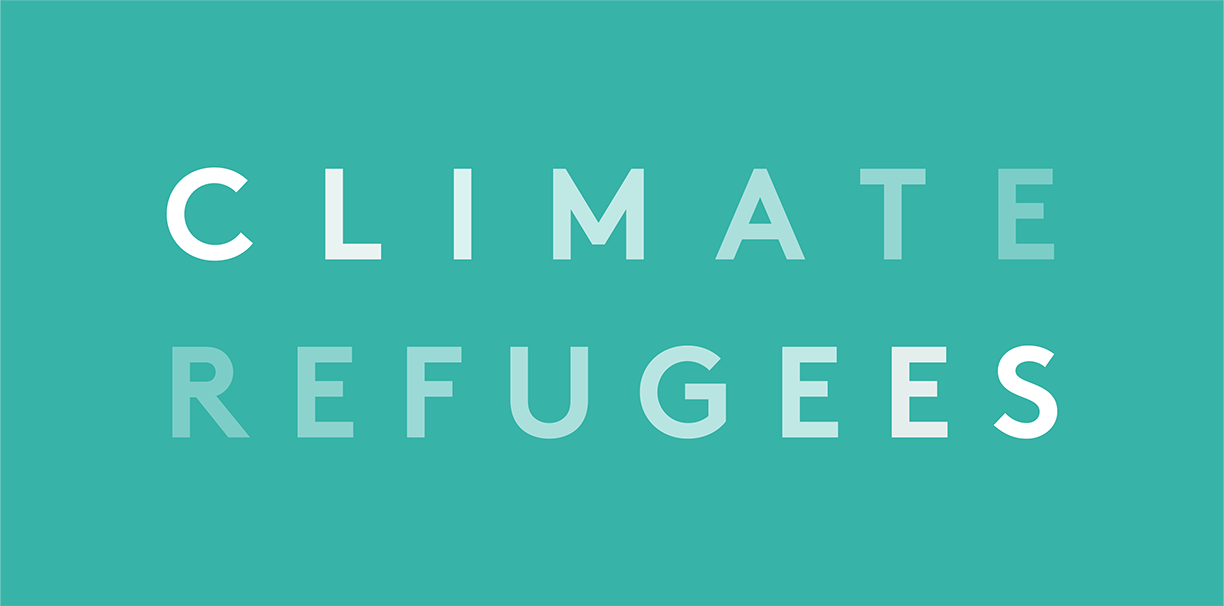How Climate Change, the Coronavirus Pandemic and Displacement Feed Off Each Other
Global experts warn of the dangers these threats pose, not only to the world’s poorest populations, but for those living on the margins. Maarten van Aalst, Director of the Red Cross Red Crescent Climate Centre says a “perfect storm” has led to situations where impacts of disasters are far worse due to a sequence of shocks many communities are already bearing. He warns that communities are being hit more frequently by the same shocks, resulting in a situation where the total impact is bigger than the sum of the individual shocks. For example, climate change played a role in contributing to the fires that ravaged across Australia and displaced thousands, last year’s cyclones in East Africa contributed to the conditions that exacerbated the breeding of locusts that plagued crops and impacted food security in the region. Across the world, we are witnessing multiple instances of communities hit by one disaster and left reeling, then forced to contend with a second repeat disaster or new disaster before they can even recover. In this context, new crises like Covid-19 with its resulting lockdowns and social distancing that prevent supplies of food and essential medicines to populations already facing crowded evacuations, displacements, poverty and food insecurity is not only devastating but catastrophic. (DW)








